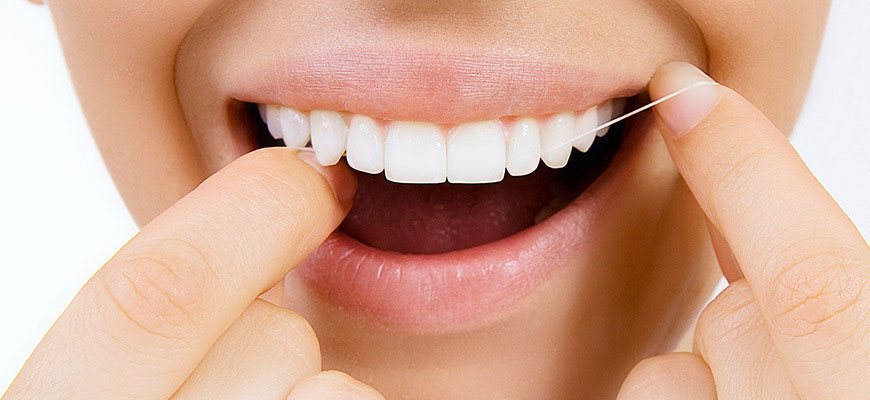For instance, nearly half of American children under age 3 have never seen the dentist, according to the 2013 Delta Dental Children’s Oral Health Survey.1 What many parents don’t realize is the American Academy of Pediatric Dentistry recommends that a child go to the dentist by age 1 or within six months after their first tooth erupts. Parents should take children to the dentist by age 1 to establish a trusting relationship with the dentist and receive critical oral health care advice. Studies show that early preventive dental care can save in future dental treatment costs. Text from: http://blog.deltadental.com/
Read More
One simmering controversy in dentistry has to do with ozone, but nothing to do with the layer that surrounds our planet. Rather, it’s a new and controversial alternative form of dental treatment. Some dentists are convinced that delivering ozone gas, a powerful naturally-occurring oxidant, into a decaying tooth can halt or even reverse the process altogether. Dental caries, otherwise known as cavities, are bacterial infections that erode and destroy tooth structure due to the acid that is produced every time food is consumed. Ozone is toxic to certain bacteria, so the theory goes that injecting ozone into a carious lesion might reduce the number of cariogenic bacteria.
Proponents argue that dentists can use ozone to start a process that removes bacterial waste products, halts dental cavities and begins a process of repair through accelerated remineralization of damaged teeth.
Ozone (O3) is formed from oxygen (O2) splitting into two oxygen molecules (O1) under various conditions, including an electrical discharge like a lightning strike. Then these single molecules collide with O2 oxygen to form ozone. If you have ever noticed a different scent in the air after a lightning storm, it is likely that you are smelling the higher concentration of ozone. In fact, the word ozone is derived from the Greek word “ozein,” which means “to smell.”
Ozone can exist in gas, liquid or solid form, and has long been used in industrial and medical applications. The extra oxygen molecule on ozone is loosely bound, excited and readily available to jump off, attach to, and oxidize other molecules. This oxidation process can destroy a variety of microorganisms. Ozone-based sterilizers are often used for some instrument and equipment sterilizing applications in hospitals. Ozone is also used by some municipal water systems to kill bacteria in the water.
Text from: http://blog.deltadental.com/
